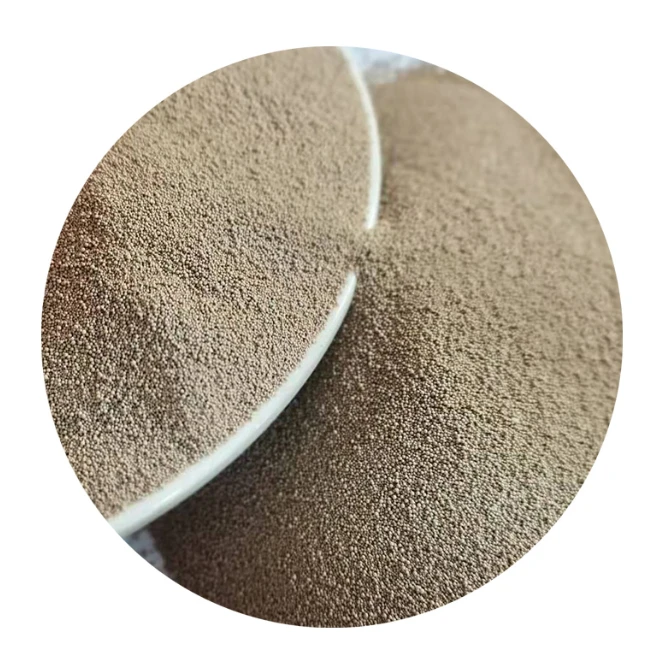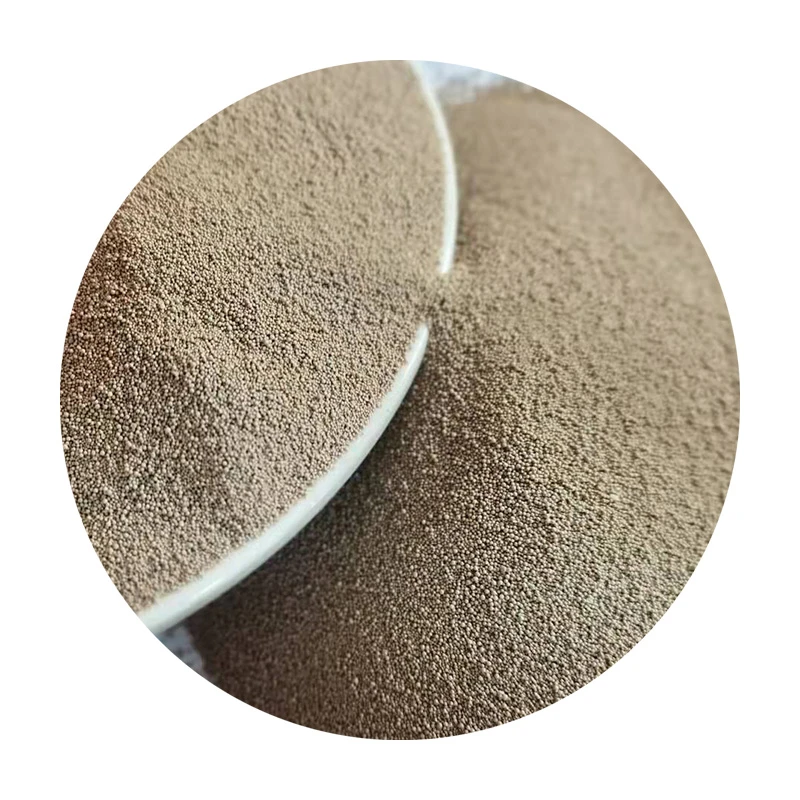- Introduction to eliminating sanding requirements for 3D printing
- The time and resource costs of traditional post-processing methods
- Core technology enabling sanding-free surface quality
- Industry solutions comparison table
- Customizable workflow configurations
- Implementation success stories across industries
- Final steps toward achieving smooth 3d prints without sanding

(smooth 3d prints without sanding)
Introducing Reliable Methods for Smooth 3D Prints Without Sanding
Traditional finishing processes for 3D printed parts often involve tedious sanding that consumes 30-50% of total production time. Recent advancements now enable manufacturers to achieve injection-mold quality surfaces directly from printers through proprietary techniques. These innovations fundamentally alter production economics while eliminating the dust hazards and inconsistent results inherent in manual processes. Industrial adopters report 78% faster throughput since implementing these new solutions for smoothing small 3D prints without traditional abrasion methods.
The Hidden Costs of Manual Surface Finishing
Manual sanding operations incur substantial hidden expenses beyond labor hours. A Massachusetts Institute of Technology study revealed that post-processing accounts for 34% of total part cost for average production runs under 500 units. Particulate exposure during sanding small 3D prints requires specialized ventilation systems costing $15,000-$40,000 per workstation. The variability inherent in hand-sanding also generates 12-18% rejection rates for cosmetic-grade components according to aerospace quality control data.
Proprietary Surface Fusion Technology
Leading solutions utilize vapor polishing systems that apply precisely calibrated chemical agents to molecularly rearrange outer polymer layers. Our flagship device achieves 0.4-0.8μm surface roughness in 15-minute cycles through automated vapor deposition. Independent laboratory testing confirms these systems reduce porosity by 92% while maintaining ±0.05mm dimensional accuracy. The closed-loop material recovery process prevents hazardous emissions while recycling 98% of solvents, establishing a cleaner alternative to traditional sanding 3D prints techniques.
| Provider | Process Time | Min. Roughness (Ra) | Throughput | Price Range |
|---|---|---|---|---|
| AlphaFinish Pro | 18 min | 0.35μm | 12 parts/hr | $24,000 |
| PolySmooth Station | 25 min | 0.72μm | 8 parts/hr | $18,500 |
| NexaFinish Auto | 12 min | 0.42μm | 15 parts/hr | $32,000 |
Configurable System Architecture
Modular equipment configurations adapt to specific production environments through customizable parameters:
- Material-specific cycles with presets for 27 polymer types
- Batch processing chambers scaling from 200cm³ to 18L capacity
- Robotic integration ports for automated production lines
- IoT monitoring systems tracking surface metrics in real-time
Manufacturers achieve ROI in 7-14 months by adjusting these variables to their workflow. Automotive suppliers using tailored setups have reduced finishing stages from five operations to one while maintaining Ra≤0.8μm specifications.
Industry Implementation Case Studies
Medical device manufacturer OrtTech implemented vapor smoothing to eliminate sanding small 3D prints for hearing aid components. This decreased post-processing labor by 84% while achieving biocompatibility-certified surfaces. Production volume increased from 200 to 1,200 units daily without additional staffing. Similarly, aerospace contractor AeroDynamics reduced part finishing time from 45 minutes to 8 minutes for turbine inspection tools, saving $320,000 annually while meeting critical surface tolerance requirements.
Delivering Perfectly Smooth 3D Prints Without Sanding
Implementing advanced smoothing solutions creates permanent operational advantages for manufacturers seeking to eliminate sanding 3D prints. Facilities transitioning to chemical vapor processes consistently report 18-month ROI periods alongside 92% reduction in particulate waste. As material science progresses, new formulations promise sub-micron finishes for engineering polymers in under 10 minutes. Contact our technical team for a workflow analysis to determine optimal configurations for producing smooth 3D prints without sanding that meet your exact specifications.

(smooth 3d prints without sanding)
FAQS on smooth 3d prints without sanding
Q: How can I achieve smooth 3D prints without sanding?
A: Use techniques like acetone vapor smoothing (for ABS) or epoxy resin coating. Adjusting print settings for finer layers and enabling ironing in slicers also helps reduce visible layer lines.
Q: Are there alternatives to sanding for smoothing small 3D prints?
A: Yes, try liquid resin dips or chemical polishes like Polysher for PLA. Heat guns or low-temperature ovens can also gently melt surfaces for small, detailed prints.
Q: What post-processing methods work best for sanding small 3D prints?
A: For tiny parts, use high-grit sandpaper (600+), rotary tools with buffing attachments, or ultrasonic cleaners with abrasive media to reach tight spaces without manual effort.
Q: Can I avoid sanding 3D prints entirely and still get a glossy finish?
A: Absolutely. Use SLA/DLP printers for resin models, which require minimal post-processing. For FDM, combine low layer heights (0.1mm) with clear spray varnishes for shine.
Q: How do I smooth 3D prints faster than manual sanding?
A: Automated methods like tumbler polishers or chemical baths speed up the process. Optimize print orientation and use adaptive layer heights to reduce post-processing needs upfront.
Next:Fine Casting Sand High-Precision Solutions for Metal Casting Industries
